The term ‘circular economy’ has become a popular buzzword in government reports, at industry conferences and even on the websites of popular consumer brands. In its ideal form, a circular economy is far more than a buzzword, it’s a vision for an economic system that operates within nature’s limits, creates more resilient communities and builds social capital. It’s the opposite of where we are right now.
Closing the loop
The concept of ‘closed loop’ or circular economies has been around since the 1970s, but it has become more popularized in recent years because of the growing recognition that our current linear “take-make-waste-repeat” economy isn’t sustainable and that continuing to turn our planet’s precious, and dwindling, natural resources into garbage doesn’t make environmental or economic sense.
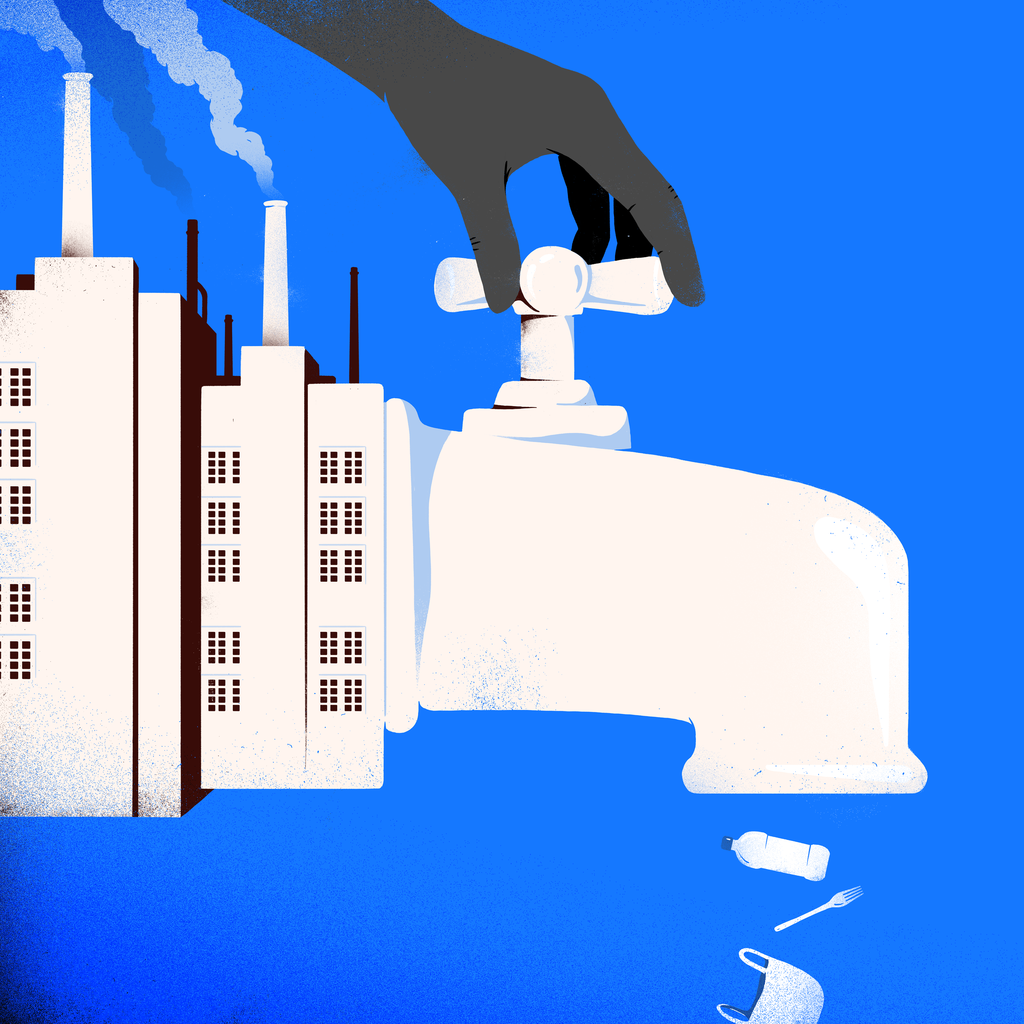
Circular or closed loop systems…
- are regenerative
- use renewable sources of energy
- prioritize zero waste through reuse-refill-return models, sharing, leasing, repairing, refurbishing and remanufacturing materials and products as long as possible
- build social and natural capital in harmony with economic capital
- design pollution out of the equation
- respect nature’s limits
How to start rounding our linear system
To transform to a circular economy, what do we need to do? We need to start by taking a bird’s eye view of our current system, dominant business models, and social structures to see where exactly we’ve gone wrong. The throwaway culture has been praised since the 1950s for its convenience. But in reality, this so-called convenience is based on a heavy extractive and wasteful model that has fuelled multiple environmental crises and social injustices we are facing today.
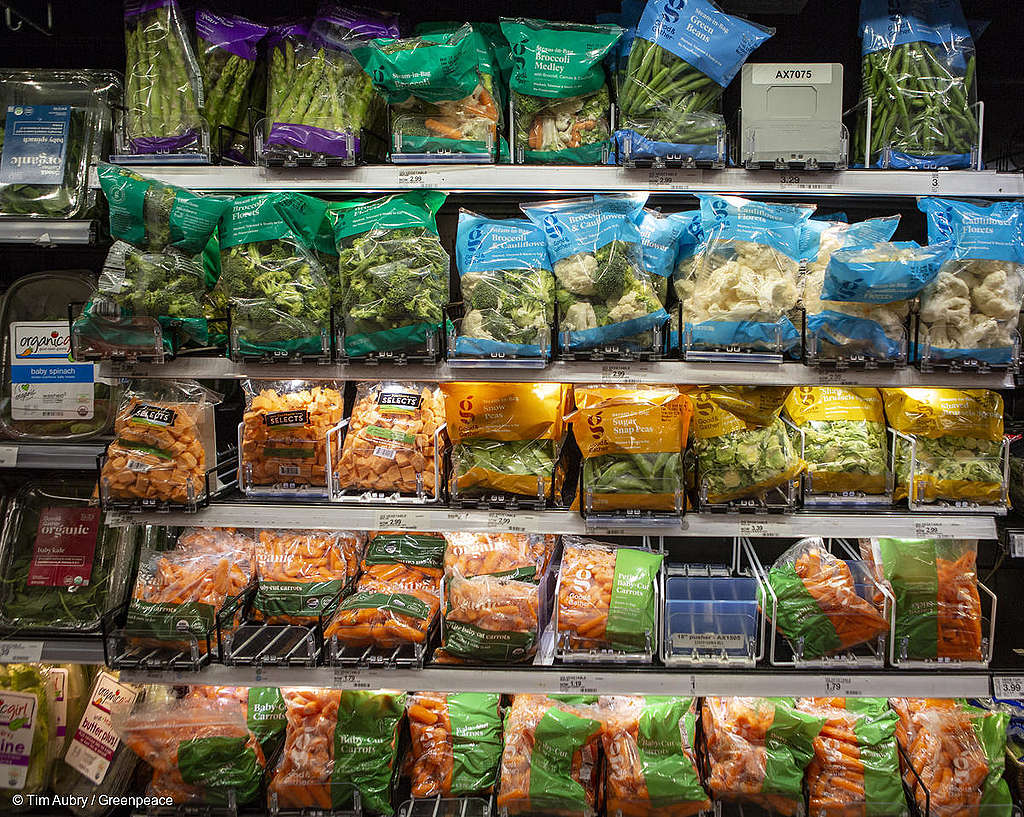
We need to rethink and redesign those business models, help shift people’s mindsets about our relationship with nature and quality of life, and create the conditions for positive and widespread social change that benefits the masses, including other beings on this planet, not the few.
It’s not only a system reboot, it’s a system reprogram. It’s no small task but it’s doable if we build on the momentum of existing corners of society that are already modelling a circular vision, and start to phase out key linear model crutches, such as multiple subsidies to the fossil fuel and petrochemical sectors.
Closed-loop models exist all around us. They are some of the oldest, tried tested and true ways of consuming in a more sustainable and socially responsible way. It’s not a new concept, it’s just one we’ve had to name as we’ve lost sight of co-existing with the natural world. Some examples? Organic farms that use regenerative agriculture techniques, deliver produce directly to people, without packaging, without travelling hundreds of kilometres, and where the food scraps go into a composter. Community bike share, tool share, or other share programs where items get repaired and refurbished and source materials are from non-extractive origin. Companies offering their products, sourced or created within nature’s limits, in reusable, returnable, refillable packaging that can be used hundreds of times before created again, not losing material value. Taking a look at how different models can fit and work together, to create one circular economy, is the scaling and holistic approach we need.
Disposables don’t belong in our circular future
Like oil and ocean water, certain things just don’t mix with a true circular economy. Single-use plastics is one of them. Disposable plastics are a symbol of everything we need to leave behind – fossil fuel dependency, waste-generating products, a throwaway culture, disproportionate negative social impacts, and a threat to biodiversity and planetary health.
The Canadian government has increasingly thrown around the term circular economy and zero waste when it comes to tackling our plastics problem, but unfortunately like various other terms denoting a greener approach, industry has worked to co-opt the meaning of circular economy and zero waste, creating confusion, watering down the concepts and working to convince government that we can have it all – disposables, a circular economy and a magical zero plastic waste future.
Wrong. To date, Canada has only managed to recycle 9% of its plastic waste. And the solutions proposed by the industry, such as 100% recyclable, biodegradable or compostable packaging, in no way meet the founding principles of a circular economy, such as limiting resource extraction or maintaining the value of materials used. As the Canadian government creates the country’s post-pandemic recovery plan, it must leave carbon-intensive, polluting industries behind, and that means cutting our reliance on non-essential plastics.
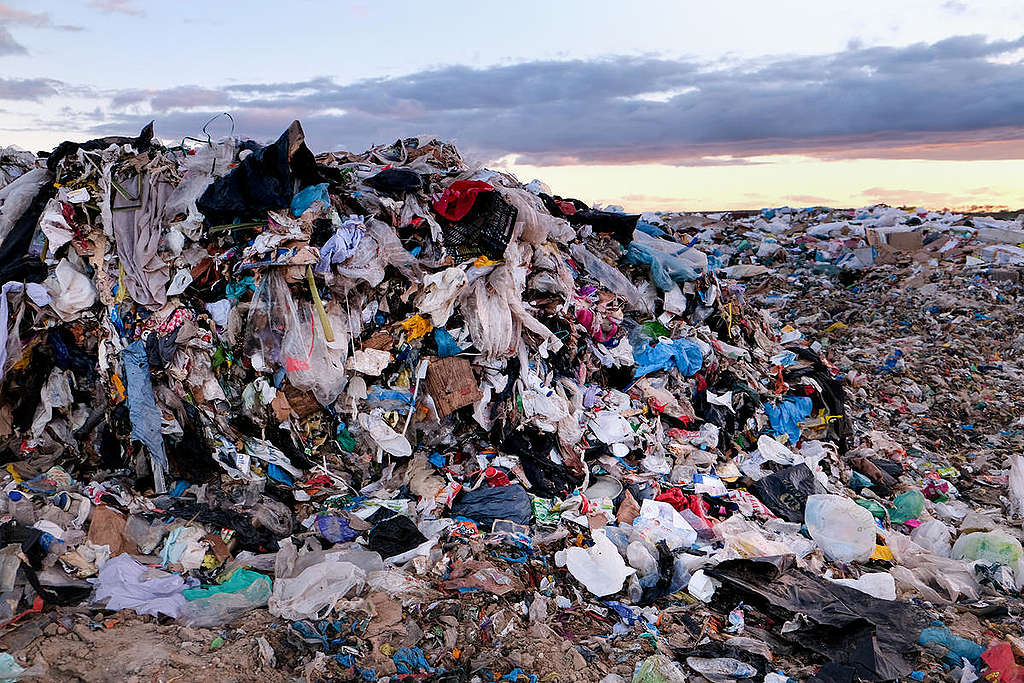
Keeping up the pressure for our single-use plastic-free future
The feds have said that they will be delaying the previously promised single-use plastic ban that was set to roll out in 2021. Choosing to look on the bright side, we can use this time to make it crystal clear to the government that this extension must be used to create a comprehensive ban list and not settle for a piecemeal approach to phasing out problem plastics.
If you haven’t already, take a look at the 5 actions you can take for a plastic-free future. We need to keep making it clear that we can move away from single-use plastics and a move toward a green and just economy.
Already ploughed through the action page? Ask your friends and family to join you in taking action.
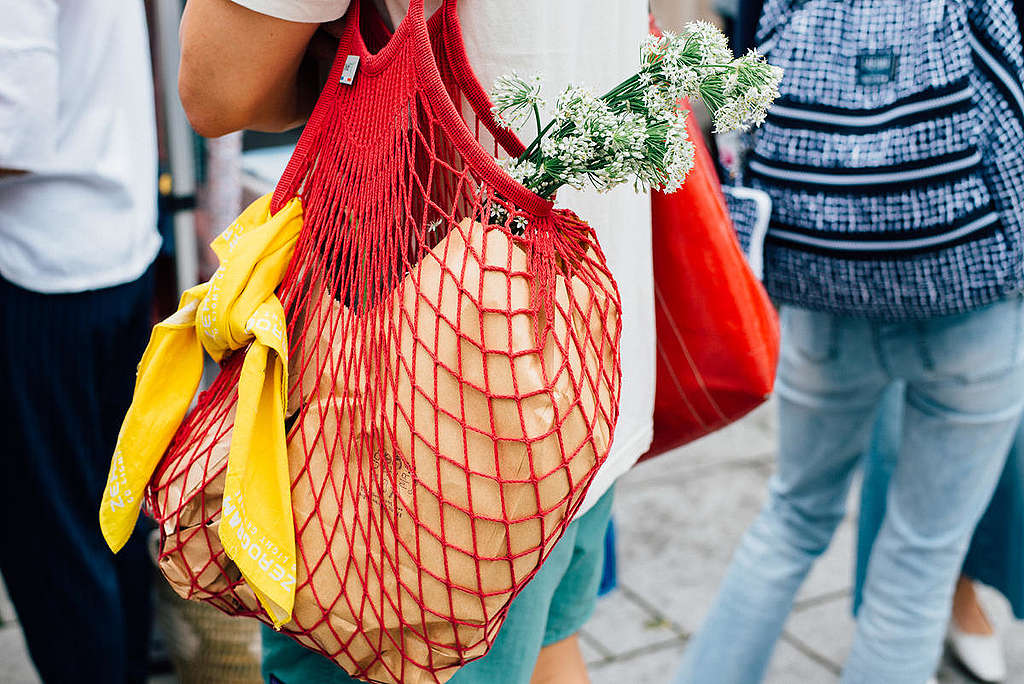
On an individual level, if we collectively begin to break free from the ‘stuff’ we’re told we need, the habits we’re told are ‘conveniences’, and the lifestyles we’re told we should be living, we can model the future we want and amplify the work and vision of changemakers all around us. Join the Reuse Revolution work to Build Back Better.

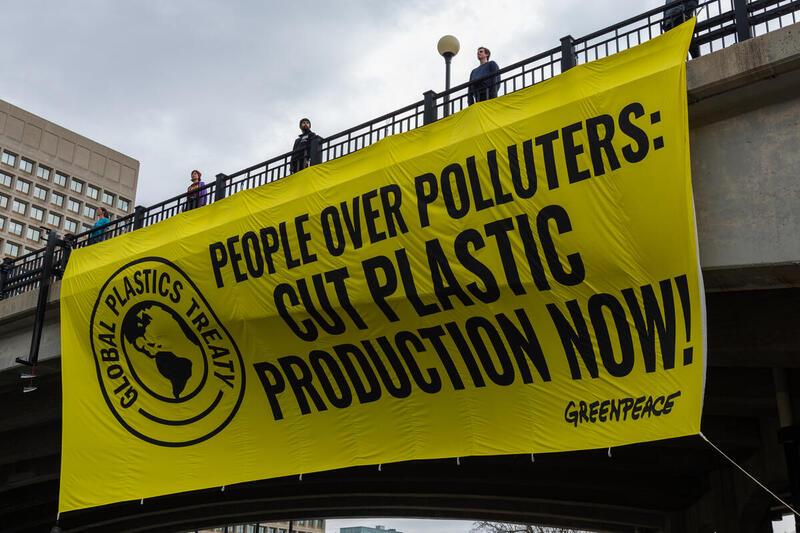
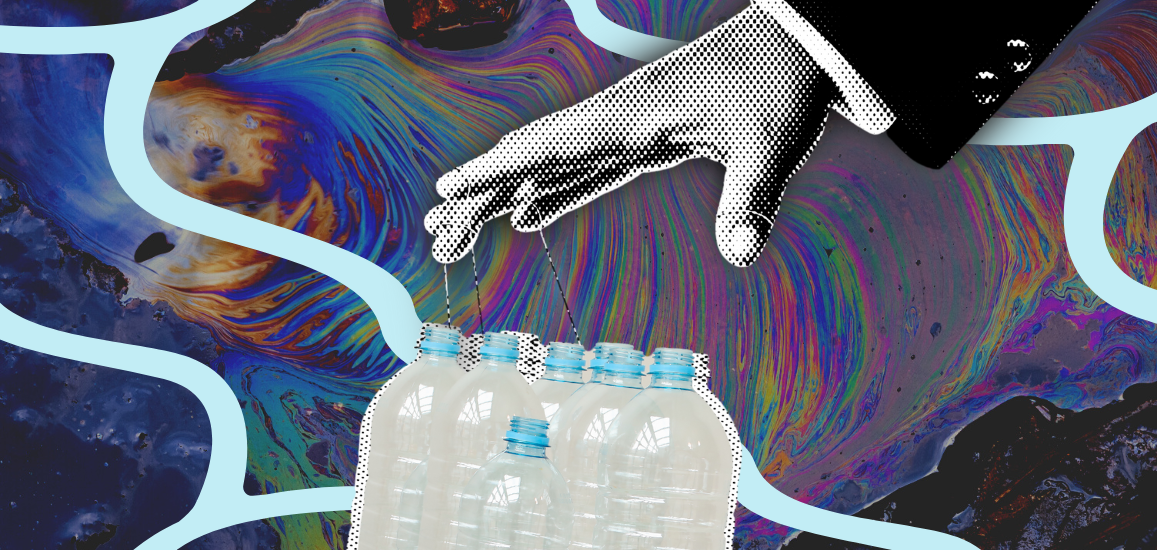
Discussion
take that circle and make it into a donut. Kate Raworth https://www.kateraworth.com/doughnut/ https://anthropocenemagazine.org/2018/02/does-a-good-life-have-to-come-at-the-expense-of-the-planet/?gclid=Cj0KCQjwwr32BRD4ARIsAAJNf_0r79L21pB8X0hTi7CXLAxXnCfpLPpgSbWcmJeRPGTGxffmb1belv4aAqlTEALw_wcB
I truly believe we need to put Capitalism/the money system in the garbage and develop a new strategy for running the world. Here is a wonderful book that discusses such a system, if you would be interested in having a look at it.. Horrible animal exploitation, climate change, destruction of our environment, and massive unfairness is a result of our permitting ourselves to remain under the money/Capitalism system. It tends to tempt us to be careless in our actions. It is inhumane and unfeeling - and we must end it, in my view. We humans started it and we are the only ones who can end it. No invisible force is going to do it for us. Humans are not here to make money, profits and wages to the detriment of others, including other humans, the non-human animals and the environment. We are here to live harmoniously with others and our home, the earth, and take care of all of it. Please see this write up of a wonderful (I think) book by Miki Kashtan, called "Reweaving Our Human Fabric: Working Together To Create a Nonviolent Future" Here's a link to it: http://thefearlessheart.org/store/reweaving-our-human-fabric/ Miki is a noted teacher of Nonviolent Communication, and cofounder of BayNVC. She's in Oakland California USA. I believe most of us could learn a whole lot by reading it, and perhaps actually heal the planet - it needs it. Thank you, Please send this email to anyone you think may like to see it. I would like to hear from you if your would like to reply! Thank you very much, Tony Gelsthorpe Victoria BC Canada 250-384-5789 email: [email protected]